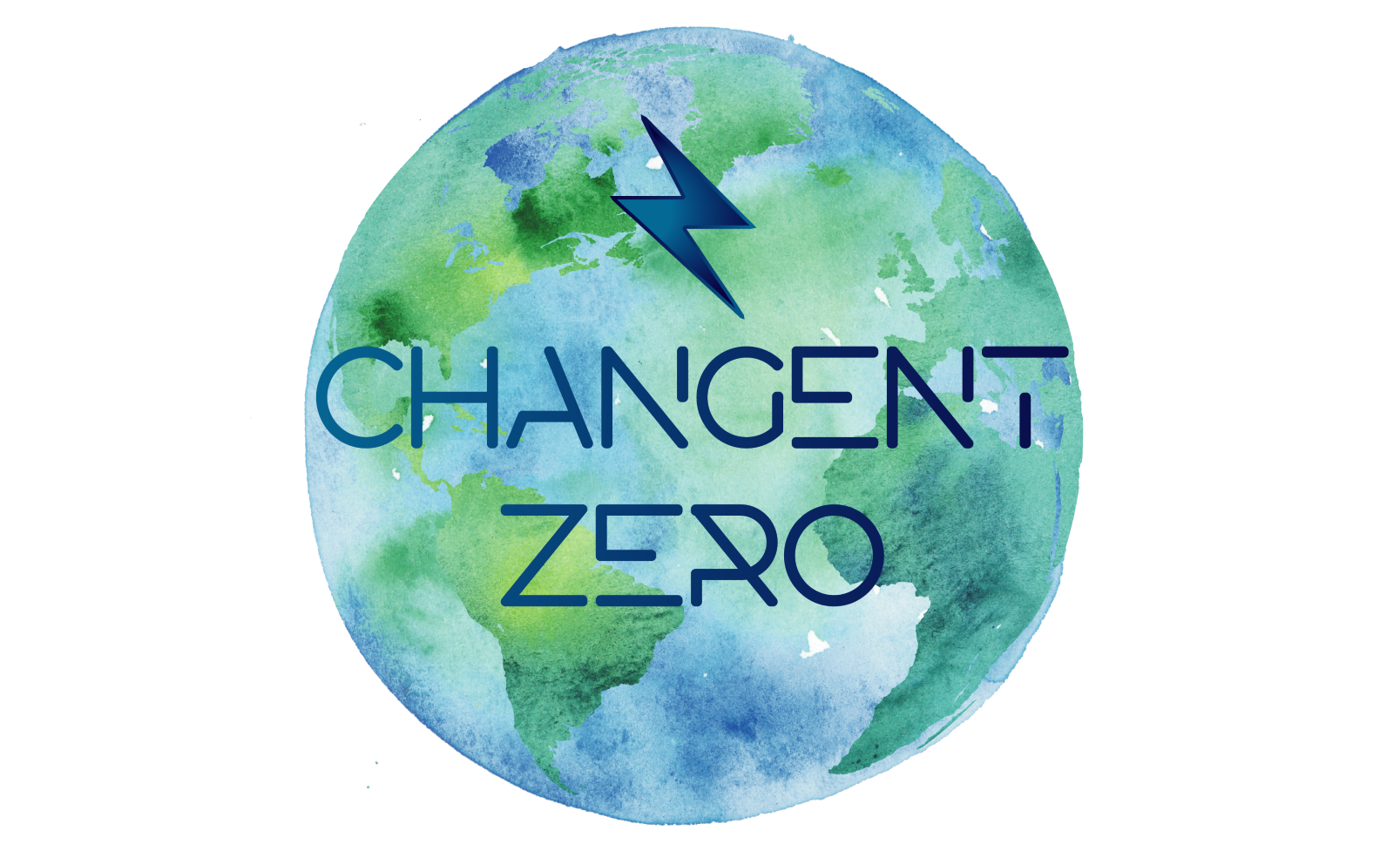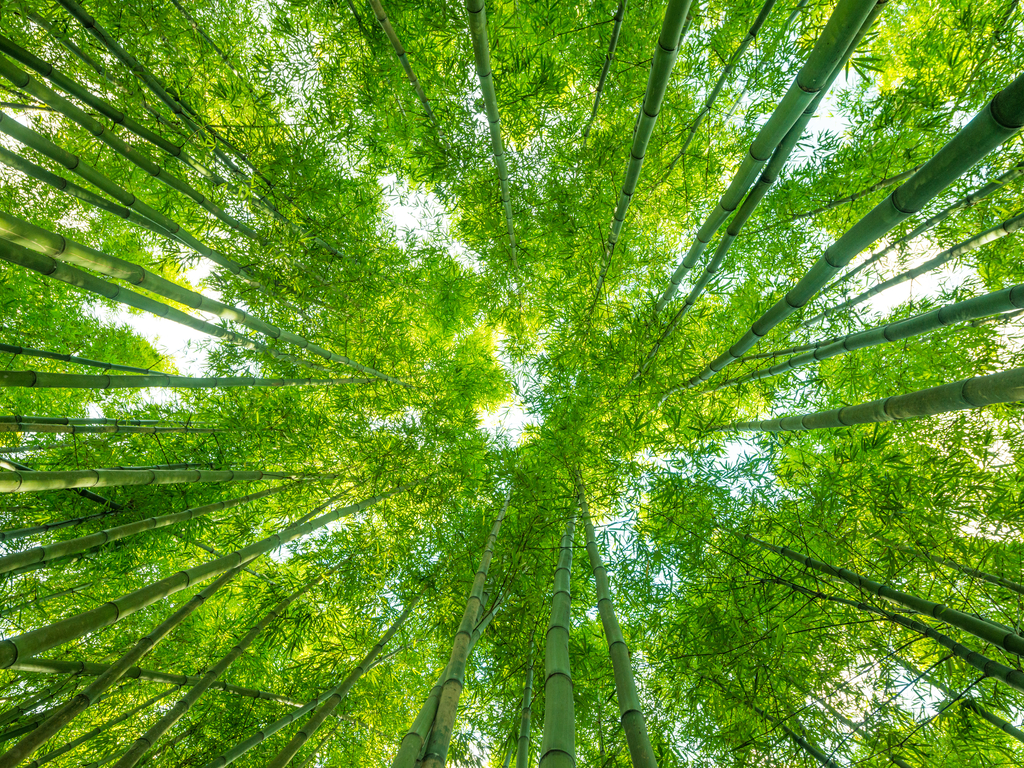Writer: Casandra Bryant
Highlighting blogs by Karen Wirsig, Plastics Program Manager
Environmental Defence
We are looking forward to having Karen speak at the next Changent Circle on October 1st at 7 pm on BIG, little and [micro] Plastic. Karen works for the Environmental Defence, a leading Canadian environmental advocacy organization with a focus on plastics. As she mentions in her bio on the Environmental Defence website, she “has spent her adult life trying to unlearn the common belief that humans should strive for domination over each other, over other animals, and over nature itself [and] she’s passionate about helping to get plastics out of the environment,” (Environmental Defence, 2021).
Plastic has been a growing concern for a long time and is now one of the major catastrophic crises we are grappling with. I know I feel overwhelmed every time I think about it. It doesn’t stop me from listening, reading, and trying to doing something about it. But I need to find ways that don’t throw me into overwhelm and inaction. It’s one of the reasons why Tanya and I are launching a zero-waste app.
A while ago, I came across an article from The Guardian that shared a study by the San Giovanni Calibita Fatebenefratelli hospital in Rome that found microplastics in the placentas of pregnant women. Reuters also shared a study by the University of Newcastle, Australia that says we may be ingesting up to five grams of plastic a week – the equivalent of eating one credit card a week! And it isn’t just affecting sea life but all animals. A new report from the UN Environment Programme and the Convention on the Conservation of Migratory Species of Wild Animals states that the ability to manage plastic pollution in a global capacity is failing and that mammals, birds and fish can be affected through entanglement, ingestion, accumulation of plastics in the food chain and using plastics as nesting materials. The earth and all living things are unscathed by plastic. However, on a more positive note, a recent article in Forbes shared that a team of Chinese scientists are learning to cost-effectively convert a common type of plastic (PET) into useful materials which could help turn plastic waste into products at a large scale.
Not only do we have to reduce and refuse new plastic at a consumerist level and challenge BIG plastic producers, we also have to grapple with the existing plastic waste problem. As 10,000 Changes reports, Canada ships its plastic waste to countries such as Malaysia, Indonesia, Vietnam and the Philippines. Prior to 2018, we exported almost half of this waste to China. When China banned imports of 24 types of solid waste, we redirected our plastic waste to other countries. Why? Because most of our plastic waste is mixed waste, much of which cannot be recycled. As a country right down to the responsibility of the individual, we are not cleaning our plastic nor sorting it properly.
While I could continue to link to other news articles on the very wicked problem of plastic (wicked problems are complex problems without clear or easy solutions), I’d like to highlight some of Karen’s blog posts.
Sept. 1, 2021 – Six things the next federal government must do to help Canadians tackle plastic pollution and avoid false solutions
Aug. 21, 2021 – The plastic blame game is getting old. Time to hold producers responsible.
July 13, 2021 – Push back against Canada’s biggest plastic polluters this Plastic Free July
May 26, 2021 – Big Plastic’s revenge: Dow, Nova and Imperial Oil sue the federal government for protecting the environment
Indeed, this is a heavy post but it’s necessary. Before you feel completely overwhelmed or choose to turn a blind eye, we invite you to pause, take a breath and choose one step, no matter how big or small. This step can be as simple as rinsing and washing all plastic containers before you throw them into the blue box. It can be continuing to not accept plastic grocery bags from the store. It can be through your purchasing power such as a beauty product that uses natural ingredients and recycled packaging. If you are ready to do more, you can think about reading more and sharing more about it. It can be lobbying your local government and joining advocacy groups. Karen will be sharing ideas on what we can do – at different levels of engagement – whether BIG, little or [micro] at our October 1st Changent Circle. We hope you can join us.

